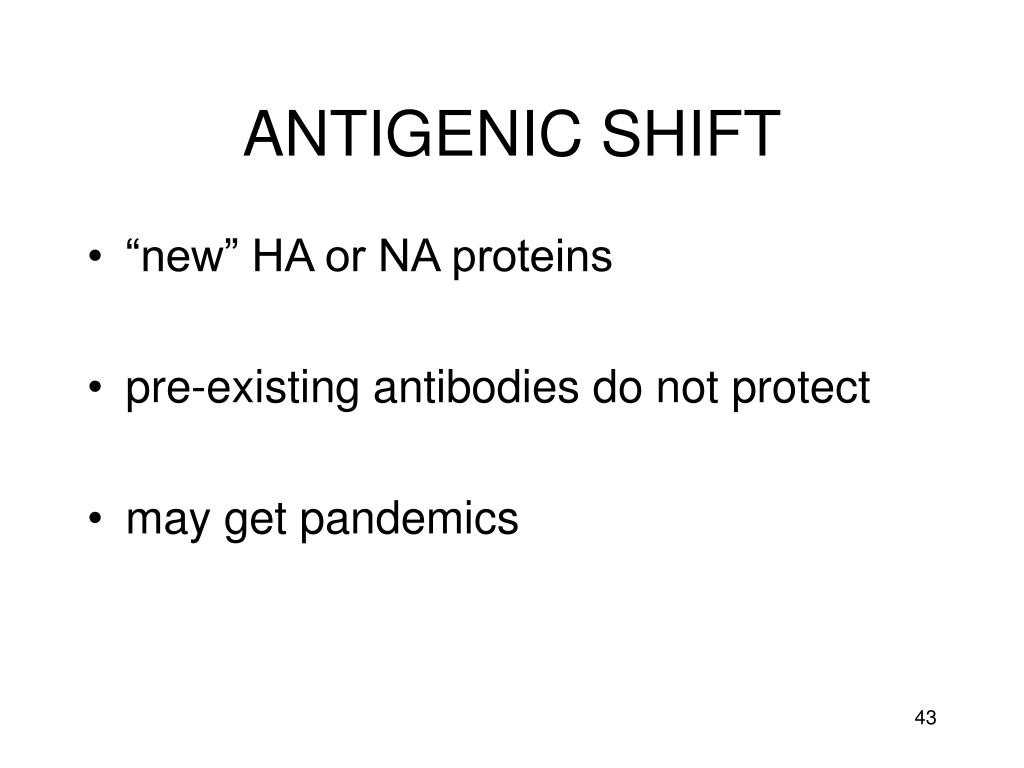

Q: What does history tell us about how deadly viruses such as COVID-19 can, over time, become manageable threats?Ī: We know of a few respiratory viruses that were introduced into the human population, swept across the globe, and transitioned to endemic circulation, usually with annual wintertime peaks in incidence. So the patterns will likely differ considerably from what we saw with the other pandemics because of the heterogeneous responses to COVID-19 across the world-with some places engaging in “zero-COVID” policies, others with limited responses, and widely variable vaccine availability and uptake. It’s dependent on factors like the strength and duration of immune protection from vaccination and natural infection, our patterns of contact with one another that allow spread, and the transmissibility of the virus. Since viruses spread where there are enough susceptible individuals and enough contact among them to sustain spread, it’s hard to anticipate what the timeline will be for the expected shift of COVID-19 to endemicity. While there are important differences among the viruses and the contexts, this comparison underscores the critical need to improve our global public health infrastructure and surveillance systems to monitor for and help respond to the inevitable next potential pandemic virus. The expected continued circulation of SARS-CoV-2 stands in contrast with the first round of SARS in 2003 and with the Ebola virus outbreak in West Africa in 2014, when public health measures ultimately stopped spread and brought both outbreaks to an end. How does a disease go from being acute to endemic? What factors shape the transition to endemicity? What’s a likely timeline for COVID-19 to become endemic?Ī: The expectation that COVID-19 will become endemic essentially means that the pandemic will not end with the virus disappearing instead, the optimistic view is that enough people will gain immune protection from vaccination and from natural infection such that there will be less transmission and much less COVID-19-related hospitalization and death, even as the virus continues to circulate.

Q: Many experts have said they expect COVID-19 to become an endemic disease. Glimcher Associate Professor of Immunology and Infectious Diseases. Aug– Immunity conferred from natural infection and vaccines, patterns of social contact, and virus transmissibility will all play a role in what COVID-19 will look like as it continues to circulate in the months and years ahead, says Yonatan Grad, Melvin J.


 0 kommentar(er)
0 kommentar(er)
